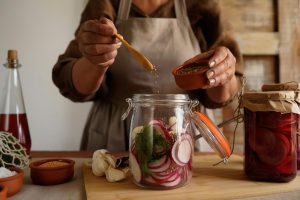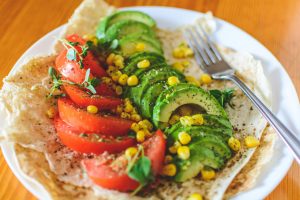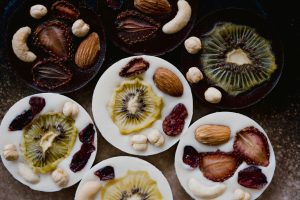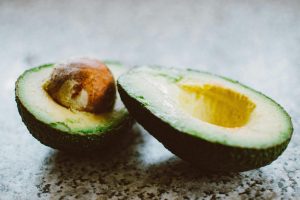The Evolution of Cooking Methods: Traditional Versus Modern Techniques
Cooking has been an essential part of human life since ancient times. Throughout history, various cooking methods have evolved, from the simple use of fire to the development of complex kitchen appliances. Traditional cooking techniques have been passed down from generation to generation and are deeply rooted in cultural and regional practices. However, with the advancement of technology, modern cooking techniques have emerged, transforming the way we prepare and consume food. In this article, we will explore the evolution of cooking methods and compare the traditional and modern techniques to understand how they have shaped the way we cook and eat today. 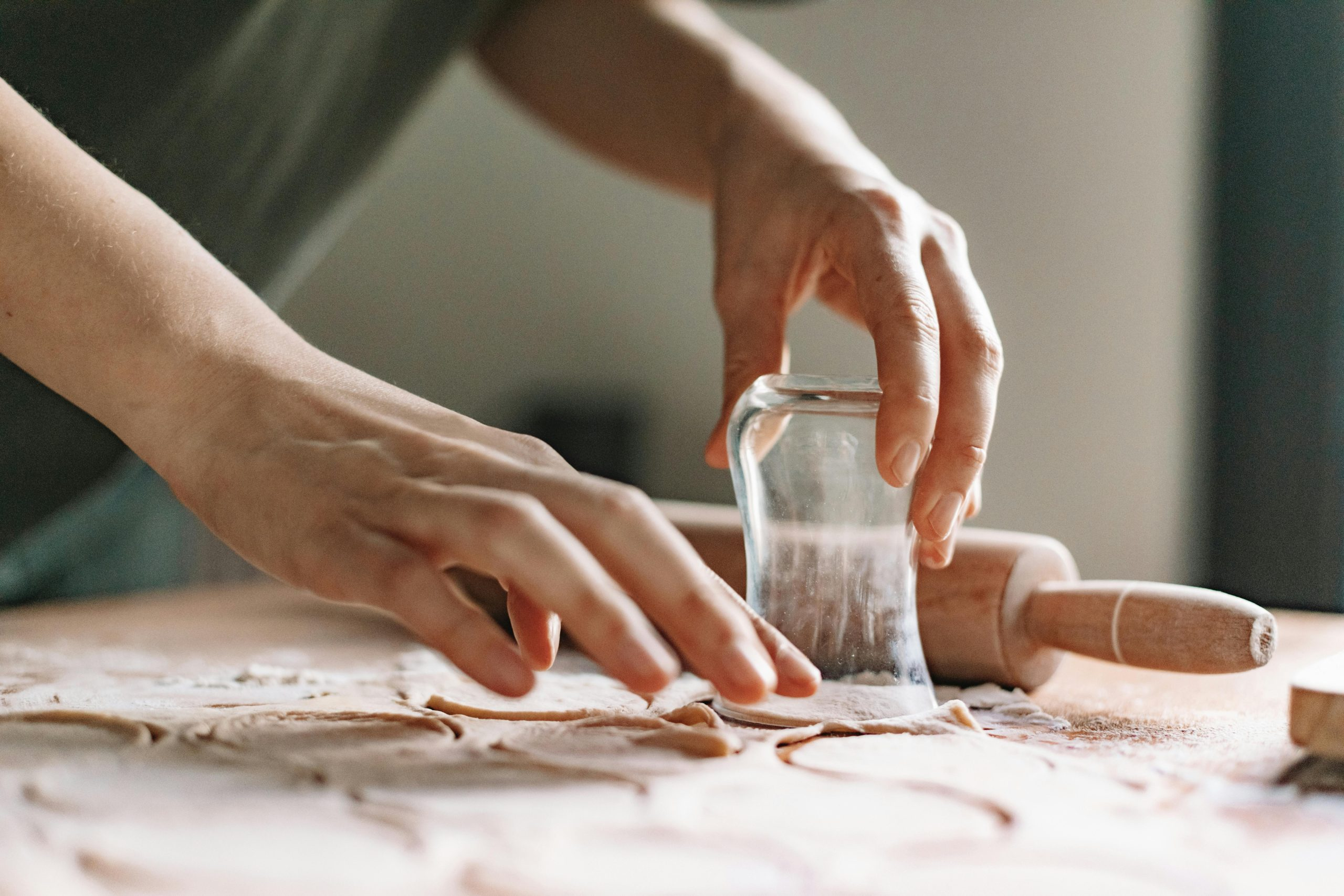
Traditional Cooking Methods
Traditional cooking methods are techniques that have been used for centuries and have stood the test of time. These methods vary from region to region, depending on the availability of ingredients, climate, and cultural practices. They are generally simple and require minimal equipment, relying mostly on manual labor and culinary skills. Traditional cooking methods involve cooking over an open fire, such as grilling, roasting, and smoking, and cooking in pots or pans over a stove, such as boiling, steaming, and simmering. These methods have been perfected over the years, and their results are deeply ingrained in the cuisines of different cultures worldwide.
Grilling and Roasting
Grilling and roasting are two of the oldest traditional cooking methods, dating back to the use of fire. Grilling involves cooking food directly over an open flame, while roasting is done in an enclosed space or over indirect heat. These methods are commonly used for cooking meats, fish, and vegetables, infusing them with a unique smoky flavor and tenderizing the food’s texture. In different parts of the world, these techniques are known by different names, such as barbecuing, broiling, or baking, but are essentially the same methods used for preparing food over fire.
Boiling, Steaming, and Simmering
Boiling, steaming, and simmering are all cooking techniques that require the use of water or other liquids. Boiling involves immersing food in boiling water until it is cooked, whereas steaming uses steam to cook the food. Simmering, on the other hand, involves cooking food in liquid at a lower temperature for a longer time. These methods are commonly used for cooking grains, beans, and vegetables, and are known for retaining the food’s nutrients and flavors.
Modern Cooking Techniques
With the advent of technology, modern cooking techniques have emerged, revolutionizing the way we cook and consume food. These techniques are a fusion of traditional methods and innovative technology, aimed at making cooking more efficient, convenient, and precise. Some of the modern cooking techniques include sous vide, pressure cooking, and molecular gastronomy. These methods have gained popularity in recent years, and their popularity is expected to continue to rise as technology advances further.
Sous Vide
Sous Vide is a French term meaning “under vacuum” and refers to the cooking method of vacuum-sealing food in a plastic bag and cooking it in a water bath at a precise temperature for a specific amount of time. This method minimizes the risk of overcooking and ensures that the food is cooked evenly, resulting in tender, evenly cooked food. Sous vide cooking has gained popularity in high-end restaurants and is now becoming more accessible to home cooks with the availability of affordable sous vide equipment.
Pressure Cooking
Pressure cooking involves cooking food in a sealed container, at high pressure and temperature, resulting in faster cooking times compared to traditional methods. It not only reduces cooking time but also helps to retain the food’s nutrients, making it a healthier cooking option. Pressure cookers have been around since the 17th century, but with the advent of electric pressure cookers, they have become more popular and can be found in many kitchens around the world.
Molecular Gastronomy
Molecular gastronomy is a modern cooking technique that combines scientific principles and experimental techniques to create unique and visually appealing dishes. It involves using specialized equipment and ingredients to manipulate the texture, flavor, and appearance of food. The use of liquid nitrogen, spherification, foams, and gels are some of the hallmarks of molecular gastronomy, which have challenged conventional cooking practices and led to the creation of unconventional dishes.
The Battle of Traditional vs. Modern
The debate between traditional and modern cooking methods has been ongoing, with both camps claiming their superiority. Traditionalists argue that traditional techniques have stood the test of time, and their results are deeply embedded in cultural and regional cuisines. They believe that modern techniques rely too much on technology and take away from the authentic flavors and textures of traditional dishes. On the other hand, proponents of modern cooking techniques argue that they add innovation and precision to traditional methods, making cooking more efficient and convenient. They also believe that modern techniques have made it easier for home cooks to recreate restaurant-quality dishes in their kitchens.
However, the reality is that both traditional and modern cooking techniques have their place in today’s culinary world. The availability of advanced technology has allowed chefs and home cooks to experiment and create unique dishes while still preserving the authenticity of traditional cuisines. It has also made cooking more accessible to a wider audience and has opened doors for new and exciting cooking techniques.
In conclusion, the evolution of cooking methods has transformed the way we cook and eat today. While traditional techniques have stood the test of time and continue to be deeply rooted in different cultures, modern techniques have added innovation, efficiency, and precision to the cooking process. As technology continues to advance, we can expect to see more fusion of traditional and modern techniques, leading to the creation of more exciting and diverse dishes in the future. So, next time you’re cooking up a storm in the kitchen, take a moment to appreciate the rich history behind your cooking techniques and the advancements that have made them what they are today.


